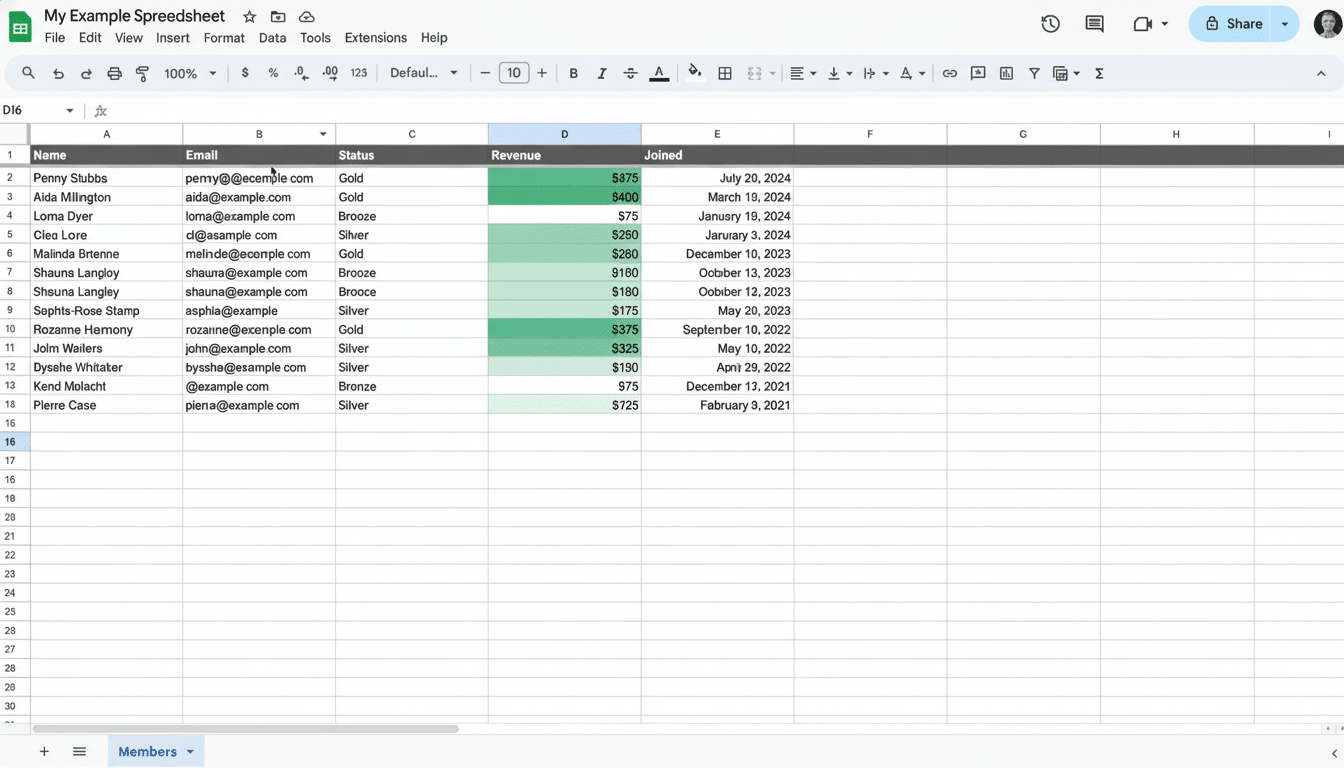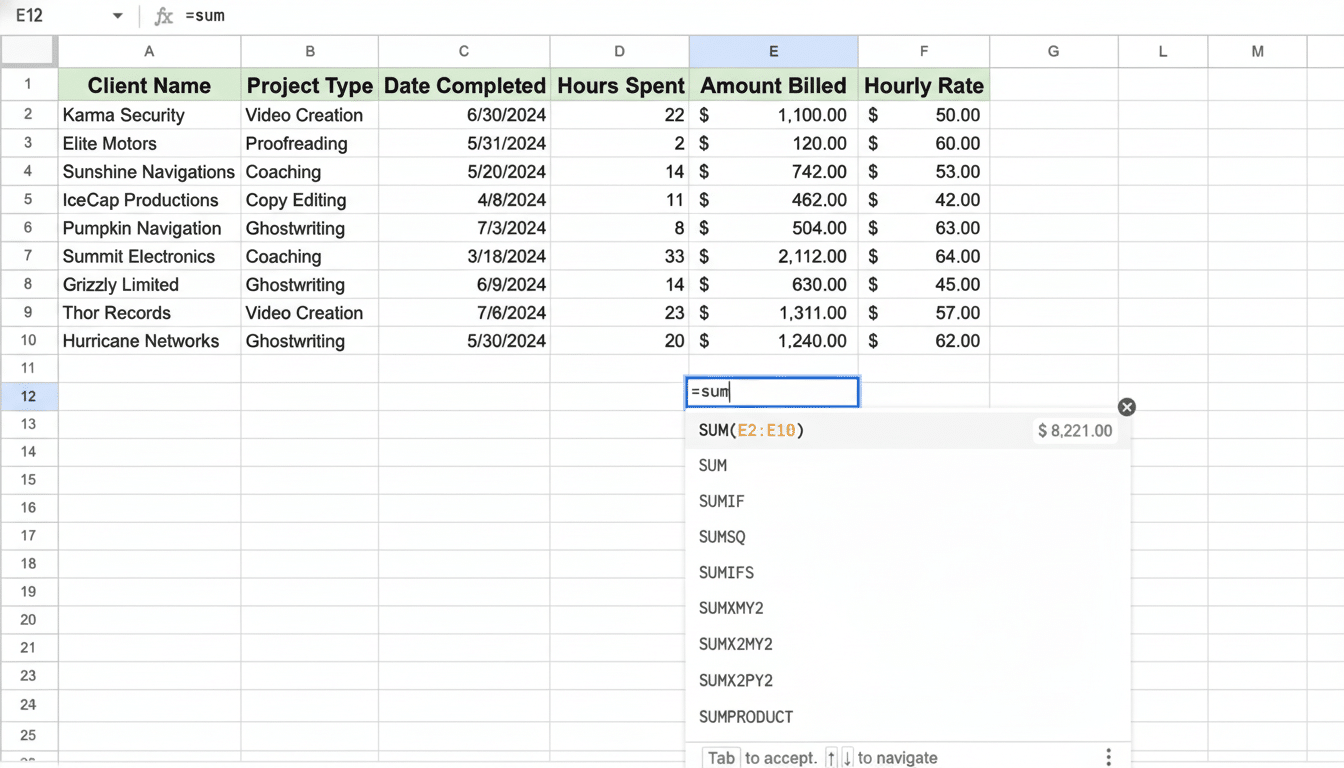Google is making its Gemini assistant do more from within Sheets, bringing multi-table understanding to the spreadsheet app. The enhancement allows users to analyze multiple tables together on one tab simultaneously, ask natural language questions that span across them, and have Gemini build calculations or charts that reference more than one data range without having to do the tedious work of manually stitching them.
Multi-table Analysis Comes to Sheets with Gemini
To date, the dominant model for AI assistance in spreadsheets had been to operate on a single range at a time. Now, with this release, Gemini supports cases where the same sheet contains multiple tables, and you will be able to choose which set of tables you want to bring into your query. You can limit to an even narrower subset by choosing specific columns or cells within the context of each table—you might want to ask “compare quarterly revenue by region to support ticket volume” and get back a merged result.

Gemini can turn those requests into working Sheets artifacts. It’ll automatically create formulas that refer to multiple ranges, build a QUERY or FILTER statement for you, suggest VLOOKUP or INDEX/MATCH joins, and even autogenerate charts around your results. Since it knows the structure of each table in a plan, it can infer keys, recommend types, and flag mismatches before errors are compounded.
Examples Showing the Upgrade in Action Within Sheets
Imagine a sales operations sheet where one table captures the pipeline by account and another contains product-level pricing. Invoke Gemini to “forecast quarterly revenue by product family for top accounts,” and it joins them, imposes deal-stage filters, produces a chart, and a reusable formula. For example, marketing teams can use the paid spend tables in combination with campaign performance to show cost per lead trends without having to build a manual pivot.
Headcount and budget data are split between finance and HR in many companies. Multi-table analysis. If output cells of a request like “highlight departments over budget after planned hires” are such that they are both annotated with the summary highlighting and targeted by the conditional format rule, then you can stress-test them, as long as the ruleset isn’t actually running. Operations teams that monitor stock inventory and order backlogs can request “items below reorder point adjusted for open POs,” and Gemini will reconcile both tables to provide a clean list.
In the context of scale, small instances of automation make for important nudges. “Ray Panko’s research—he was studying the error rates of spreadsheets for decades—has found they have been high,” Clayton said in a recent interview, noting that, as ranges get larger, errors could also creep in. This is reduced by Gemini through the use of cross-table formulas, which reduce the risk of fragile references and also mean that, where a spreadsheet evolves, maintenance becomes easier.
Implications for Veracity and Adoption in Organizations
With multi-table reasoning, these two pain points were alleviated: one of data preparation and another of formula correctness. Instead of cut-and-pasting or creating fragile helper columns, users can explain the goal and let Gemini create the logic – adapt and review if needed. Explanations provide teams with an understanding of why a formula was recommended and how to modify it in support of improved handoffs and auditability.

The feature also honors document permissions and protected ranges — key for organizations that rely on fine-grained access controls. For data teams, this means analysts can iterate faster on exploratory questions while working in the governed Sheets environment. In a blog post on its Workspace Updates site, Google has made the point that AI-powered features are built to respect current privacy and security settings, so this feature fits firmly within that fold.
Who Receives It, and How to Obtain the New Capability
Google is rolling out the feature to Workspace customers on Business Standard and Business Plus, Enterprise Standard and Enterprise Plus, and organizations using the Gemini Education or Gemini Education Premium add-on. It can be obtained by users who have a Google AI Pro or Ultra account.
Users have to opt in from the Admin Console as needed and can now choose multiple tables directly in Sheets when invoking Gemini or just highlight specific ranges before asking questions. The assistant will then give back formulas, summaries, or charts which can themselves be placed onto the sheet in a single move.
The Bigger Picture for Spreadsheet AI and Gemini in Sheets
The step makes Sheets a bit more like the way people really organize workbooks, further enabling users to have related tables next to each other. It lowers the friction between data wrangling and analysis, in an arena where rival tools like Microsoft’s Copilot for Excel and AI features in Airtable and Notion are also making progress. What sets it apart, however, is its close connection to Sheets’ native functions and the freedom to work across multiple tables without forcing a new model or dataset.
For teams that subsist on spreadsheets, the pitch is simple: less time plumbing ranges, more time making sense of results. If Google keeps stretching Gemini’s abilities, from multiple-table queries to cross-sheet or even cross-file analyses, Sheets could end up being a quicker on-ramp to reliable insights for casual and power users alike.

